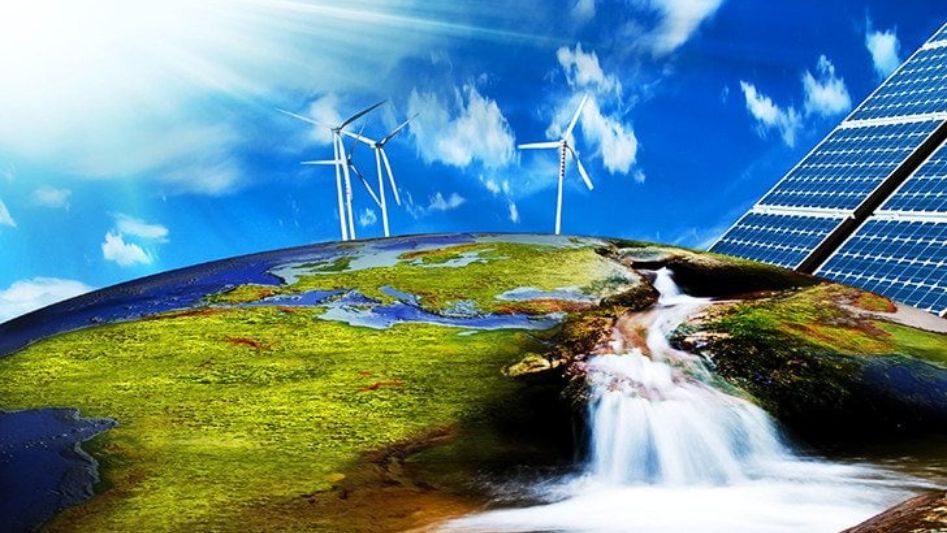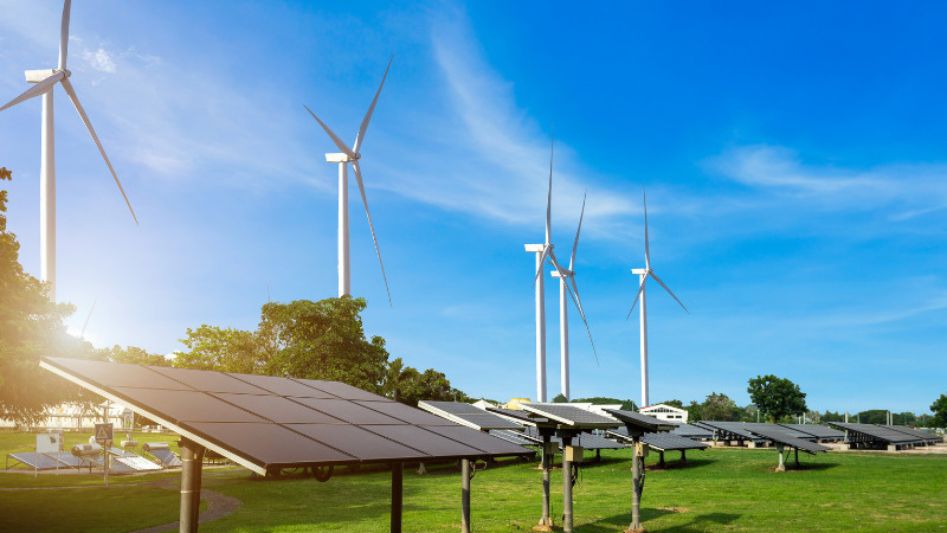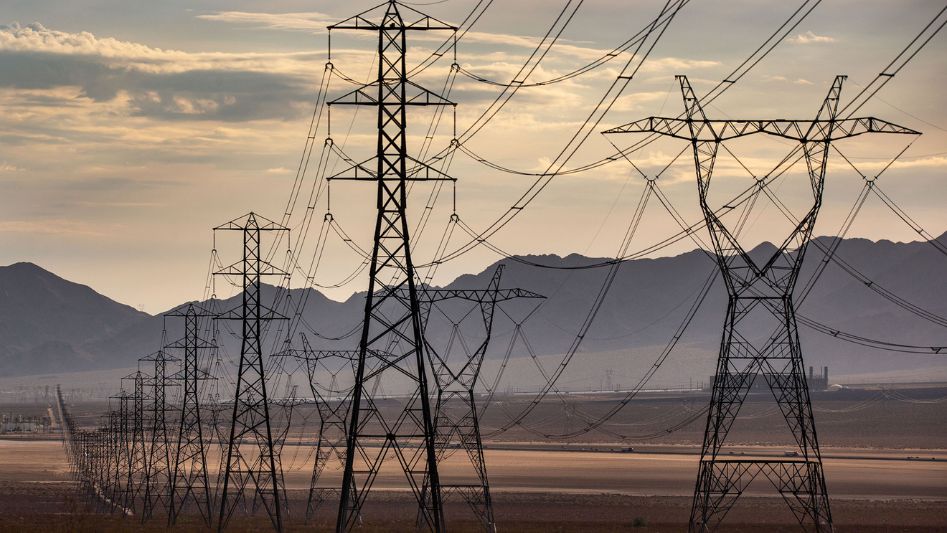In today’s rapidly changing world, the topic of renewable energy has become increasingly important. As the global demand for energy continues to rise, it is crucial to explore sustainable and environmentally friendly alternatives. The shift towards renewables offers promising solutions for combating climate change and reducing our dependence on fossil fuels. However, amidst this transition, there is a pressing issue that needs attention – basic energy access. While renewables are on the rise, basic energy access falls behind, leaving a significant portion of the population without reliable and affordable energy sources. In this article, we will take a closer look at the current state of renewables, the challenges faced in achieving basic energy access, and potential solutions to bridge this gap.
Table of Contents

The Growing Trend of Renewable Energy
Renewable energy sources, such as solar, wind, hydro, and geothermal power, have gained significant traction in recent years. Governments, organizations, and individuals worldwide are recognizing the benefits of these clean and sustainable alternatives. The transition towards renewables is driven by the need to reduce greenhouse gas emissions, mitigate climate change, and foster a more sustainable future.
Solar Power: Harnessing the Energy of the Sun
Solar power is a prominent player in the renewable energy sector. It involves capturing the sun’s energy through photovoltaic cells or solar thermal systems. The falling costs of solar panels and advancements in technology have made solar power increasingly accessible and affordable. Solar installations are now common in residential, commercial, and utility-scale projects.
Wind Energy: Harnessing the Power of the Wind
Another rapidly growing renewable energy source is wind power. Wind turbines convert the kinetic energy of the wind into electricity. They are typically installed in windy locations, both onshore and offshore. The scalability of wind energy makes it an attractive option for generating electricity on a large scale. Many countries have invested heavily in wind farms to tap into this abundant and clean source of energy.
Hydropower: Tapping into the Power of Water
Hydropower has been a long-standing source of renewable energy. It harnesses the energy of flowing or falling water to generate electricity. Large-scale hydropower projects, such as dams and reservoirs, have the capacity to generate significant amounts of clean energy. However, concerns regarding their environmental impact and displacement of communities have led to a shift towards smaller, more sustainable hydropower installations.

The Challenge of Basic Energy Access
While renewables are on the rise, it is important to acknowledge that basic energy access is still a pressing issue in many parts of the world. According to the International Energy Agency (IEA), around 770 million people still lack access to electricity, primarily in Sub-Saharan Africa and Asia. The lack of energy access hampers economic development, limits educational opportunities, and affects healthcare services.
Impediments to Basic Energy Access
Several factors contribute to the challenge of basic energy access. These include:
- Infrastructure Limitations: Remote and rural areas often lack the necessary infrastructure to support energy distribution, making it difficult to connect them to the grid.
- Affordability: The cost of energy services can be prohibitive for many low-income individuals and communities, making it challenging to access reliable and affordable energy sources.
- Policy and Regulatory Barriers: Inadequate policies, outdated regulations, and limited government support can impede the progress towards basic energy access.
The Vicious Cycle: Energy Poverty and Development
The lack of basic energy access creates a vicious cycle of energy poverty and limited socio-economic development. Without access to electricity, communities face challenges in various aspects of life:
- Education: Lack of electricity limits access to technology, hindering educational opportunities for children and adults alike.
- Healthcare: Healthcare facilities in areas without electricity struggle to provide essential medical services, impacting the overall well-being of communities.
- Productivity and Economic Growth: The absence of electricity hampers productivity in agriculture, small businesses, and industries, hindering economic growth.
Sustainable Solutions for Basic Energy Access
Addressing the challenge of basic energy access requires sustainable and inclusive solutions. Here are some potential approaches:
- Off-Grid Renewable Energy Systems: Off-grid renewable energy systems, such as solar home systems and mini-grids, can provide decentralized and reliable power to communities that are not connected to the main grid.
- Microfinance and Innovative Financing: Introducing microfinance initiatives and innovative financing mechanisms can make clean energy solutions more affordable and accessible to low-income households.
- Policy Reforms and Government Support: Governments play a vital role in promoting basic energy access. By implementing supportive policies, regulations, and incentives, they can encourage the adoption of renewables and ensure affordable energy services for all.

Conclusion
Renewables on the rise offer a promising path towards a sustainable energy future. However, amidst this transition, the challenge of basic energy access remains significant. Bridging the gap requires a multi-faceted approach, including infrastructure development, policy reforms, innovative financing, and inclusive solutions. By addressing the issue of basic energy access, we can ensure that the benefits of renewables reach all corners of the world, fostering sustainable development and a brighter future for everyone.
FAQs
How are renewables on the rise?
Renewables are on the rise due to the increasing global recognition of their environmental benefits and the advancements in technology that have made them more accessible and affordable.
Why is basic energy access falling behind?
Basic energy access is falling behind due to infrastructure limitations, affordability challenges, and policy and regulatory barriers that hinder progress in providing reliable and affordable energy to underserved communities.
What are the consequences of lacking basic energy access?
Lacking basic energy access has far-reaching consequences, including limited educational opportunities, inadequate healthcare services, and hampered economic development in affected communities.
You May Also Like
- FROM POLLUTION TO POWER: HOW RENEWABLE ENERGY CAN TRANSFORM OUR WORLD
- REVOLUTIONIZING ENERGY: HOW GREEN TECHNOLOGY IS CHANGING THE GAME
- CLEAN ENERGY, CLEAN WORLD: HOW RENEWABLE ENERGY CAN SAVE THE PLANET
- POLLUTION SOLUTIONS: HOW RENEWABLE ENERGY CAN HELP
- THE CIRCULAR ECONOMY AND THE ROLE OF GREEN ENERGY
External Links
- Basic energy access lags amid renewable opportunities, new report shows
- Renewable power on course to shatter more records as countries around the world speed up deployment
- A review of renewable energy sources, sustainability issues and climate change mitigation
- What are the problems faced by renewable energy?
- What is renewable energy?
